 EN
EN
 PT
PT
7 key points for inclusive didactics - Le Guide Erickson
Product: Book
Trim size in cm: 20x27
Pages: 366 colourful pages
ISBN: 9788859008057
Publication date: 01/03/2015
Suitable for: Nursery 1st Level (ages 3-4), Nursery 2nd Level (ages 4-5), Primary 1st level (ages 6-7), Primary 2nd level (ages 8-10), Lower secondary 1st level (ages 10-11), Lower secondary 2nd level (ages 12-13), Upper secondary 1st level (ages 14-16), Upper secondary 2nd level (ages 17-19)
REQUEST A SAMPLE OR MORE INFORMATION
The «Guides» series was created by Centro Studi Erickson with the aim of providing teachers with a series of complete books about the essential aspects of the various kinds of Special Educational Needs we meet in our schools.
Fruit of the work of the greatest experts in the field and thanks to its technical practical structure, the SEN at school Guide illustrates in 7 key points the principles of inclusive didactics, aimed at improving learning conditions for pupils with any kind of Special Educational Need, as well as all the students in the class group.
Each key point is given a chapter in the book:
1. The classmate resource
2. Adaptation as an inclusive strategy
3. Logical and visual strategies, maps and visual aids.
4. Cognitive processes and learning styles
5. Metacognition and study methods
6. Emotions and psychological variables in learning
7. Evaluation, testing and feedback.
The book comes complete with a questionnaire, which is also available online, aimed at measuring the level of inclusiveness of your teaching, in order to valorise your strengths and identify your weaknesses.
IN EACH CHAPTER YOU CAN ALSO FIND:
• a map previewing and organising its contents
• case examples
• in-depth analysis of scientific research
• interviews «A few questions for the expert…»
• suggestions for class teaching
• a summary of the contents presented in the chapter
WITH THE CONTRIBUTION OF
- Cesare Cornoldi
- Dario Ianes
- Howard Gardner
- Rossana De Beni
- Flavio Fogarolo
- Daniela Lucangeli
- Gian Marco Mazzocchi
- Carlo Scataglini
- Mario Di Pietro
- David W. Johnson
- Roger T. Johnson
- Gianluca Daffi
- Joseph D. Novak
- Deborah Plummer
and many other experts.
INTRODUCTION
Didactics and inclusion in class
SECTION I – ACTIVATING LEARNING PROCESSES
The classmate resource
Adaptation as an inclusive strategy
Logical and visual strategies, maps and visual aids
SECTION II – PROCESSING INFORMATION AND BUILDING LEARNING
Cognitive processes and learning styles
Metacognition and study methods
Emotions and psychological variables in learning
SECTION III – EVALUATING LEARNING OUTCOMES
Evaluation, testing and feedback
APPENDIX
Questionnaire «Discover your profile as an inclusive teacher»

«Erickson Guides», the outcome of the work of the greatest Italian experts in these fields, represent the most complete tools for intervention in schools. They not only provide an exhaustive framework of thecharacteristics peculiar to the various disorders and their consequences at school, but also strategies to deal with them, assessment tools and didactic intervention.
EACH GUIDE OFFERS A PROGRAMME IN 4 STAGES

KNOWING, OBSERVING, EVALUATING Clear and exhaustive definition of the disorder, diagnostic criteria, integration of children in class, the evaluation process

PLANNING AND PUTTING INTO ACTION Strategies and practical interventions to be enacted at school to deal effectively with teaching and educational special needs

REFLECTING ON AND UNDERSTANDING Consequences in the spheres of emotions, relationships, self-esteem and self-perception

JOINING FORCES AND SHARING Strategies to act synergically and involve school and family to improve the child’s wellbeing
IN EACH CHAPTER YOU CAN FIND...
a sequential time line which illustrates in which phase the practical indications given in the chapter are placed

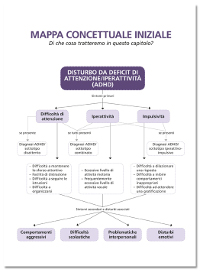
a conceptual map that illustrates the main contents and how they are related
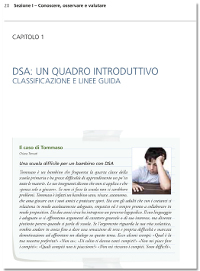
presentation of case examples, through short descriptions, portraying children in their daily typical situations
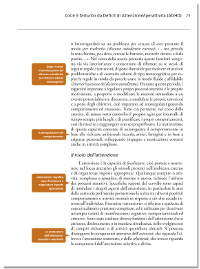
questions and key points alongside each paragraph to tell the reader what it is talked about
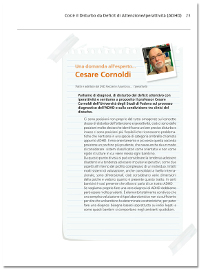
interviews with experts on the most debated and current aspects of the disturbs
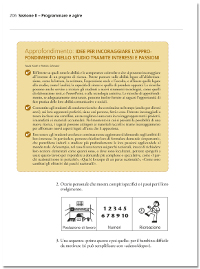
in-depths explanations of meaningful concepts and terms
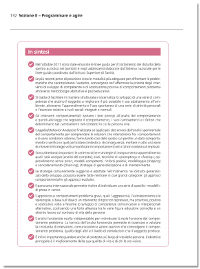
final summary box of the main contents dealt with in the chapter